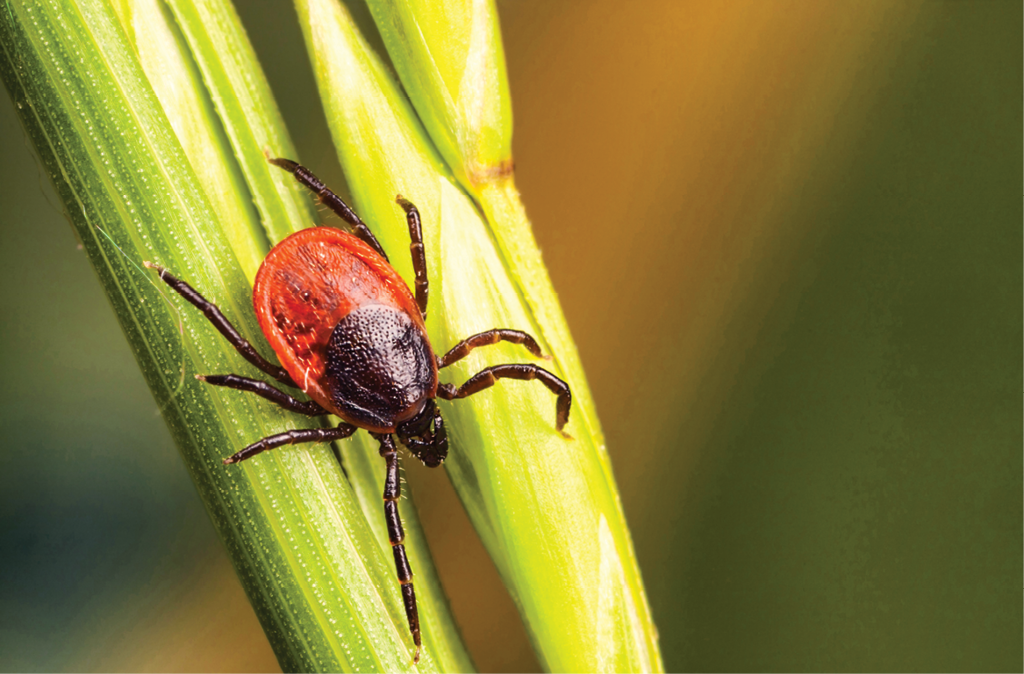Ticks are parasitic arachnids that are frequently found in meadows and forests because of the lush vegetation there. These bloodsuckers have the ability to infect both humans and animals with diseases like Lyme disease, anaplasmosis, and babesiosis. Although tick activity is normally higher in the summer, a mild winter can also result in a rise in the tick population. Here are some details that illuminate how this may occur:
-
- Ticks can live and reproduce at temperatures above freezing, and a warm winter can foster an environment that is more hospitable to their growth.
-
- Tick populations may rise during a warm winter due to ticks having a longer active time and being able to feed more frequently.
-
- A change in the distribution of host species, such as rodents and deer, which are essential hosts for ticks, can also be brought on by warmer temperatures. Tick populations may grow in places where they were previously scarce as a result of this.
-
- A warm winter can delay the start of leaf fall, which provides cover for ticks and their hosts, in addition to fostering a more favorable habitat for ticks. Ticks may be able to feed and reproduce for a longer period of time as a result.
